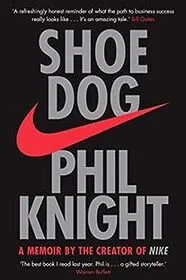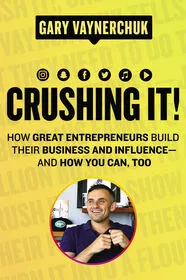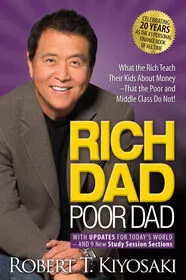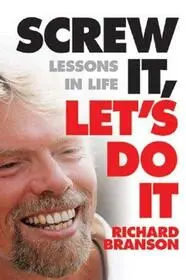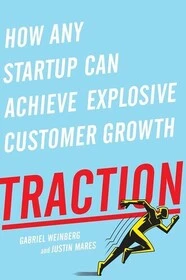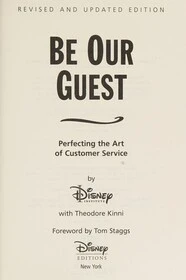I recently read a tweet claiming that in just a few months, individuals would be able to create Pixar-level movies on their home computers using artificial intelligence (AI). While this idea may sound exciting, the reality is that it’s not going to happen anytime soon. Sure, AI has its place, but there are many barriers and limitations that prevent it from replacing human creativity.
The Limitations of AI Art
The tweet author claimed that AI democratises art creation, which is itself a flawed premise. AI-generated art is not democratic because it requires a significant amount of training data to produce anything meaningful. This data comes from human artists who have already created the works that AI is “inspired” by. In other words, AI art is only as good as the human art that it’s based on.
Regular art is already democratised. Anyone can draw, paint, or sculpt. All you need is some paper and time. AI art however requires a computer and a lot of training data. This means that AI-generated art is not accessible to everyone, and it’s not likely to be anytime soon.
While AI-generated art initially seemed impressive, it has become predictable and lacks the depth and originality found in human-created works. AI art often falls victim to the “uncanny valley effect,” where it appears almost real but lacks the emotional connection that true art evokes. Additionally, ethical concerns arise when considering that much of the training data for AI art comes from uncredited artists.

A child holding an abstract painting, but she doesn’t think it’s very good (it’s not real)
The Role of AI as an Assistant
Despite its shortcomings in creating truly unique and meaningful art, AI can still serve as a helpful assistant. As an artist it can be fun to use AI generated art as inspiration for your own work or to try out ideas very quickly.
As a lone developer, I rely on AI for collaboration and problem-solving. Having an AI “rubber duck” or code pairing partner has proven invaluable and helped stretch me so I can do things I could have never done before. However, when it comes to injecting creativity into my work, I understand that the ideas must come from me.
The essence of human creativity lies in our ability to draw inspiration from experiences and knowledge and building upon the things we have seen before. We see what others have done and extrapolate from them to create something new. This process involves combining our life experiences, knowledge, and imagination. These are all areas where AI can’t compete.

A young lady surrounded by all the toys she created for charity (it’s not real)
Embracing Inspiration and Originality
AI lacks the life experience and broad knowledge necessary to generate truly original ideas. It can only work within the boundaries set by humans who provide creative input. If we have to give specific guidelines for creativity anyway, it’s more effective to tap into our own imaginative capabilities.
My own creative journey involves observing the works of others and using them as a springboard for my ideas. For example Brush Ninja (my animation app) was initially inspired by Sketch Star from Miniclip.
Sketch Star was a successful product when it was released, users loved it, but it had a bunch of flaws and so eventually it was shut down. Brush Ninja was designed to address the flaws and, whilst it was the initial inspiration, Brush Ninja has since evolved and made it’s own place as a creative tool.

A man who carved the face of his dead father into a tree (it’s not real)
The Future Possibilities
While AI may not be capable of true creativity yet, it does have potential in enhancing and assisting human creativity. As technology advances, we might see AI systems that can tailor unique experiences to individual tastes or help refine our creative ideas. However, achieving this level of sophistication is a long way off.
The future of creativity with artificial intelligence is still very early. While AI has its place as an assistant and collaborator, it cannot replace human ingenuity and originality. We must recognize the limitations of AI-generated art and embrace the power of human creativity fueled by inspiration and imagination. So let’s continue to explore new possibilities while appreciating the unique artistic contributions that only we humans can bring to the world.
The photos in this article were generated by Dall-E, an AI system that creates images from text descriptions. The images are not real, but they (mostly) look like they could be. I don’t know about you but I don’t think they are quite Pixar, or Photo, level just yet.
The images I used were based on AI ones that I had seen generated on Facebook. The Facebook ones were featured with text designed to create emotions in the readers in order to farm likes and comments and create a popular Facebook page. It’s a form of fraud, and a use of AI that I am comfortable with.
How was it for you? Let me know on BlueSky or Mastodon
Link to this page
Thanks for reading. I'd really appreciate it if you'd link to this page if you mention it in your newsletter or on your blog.
